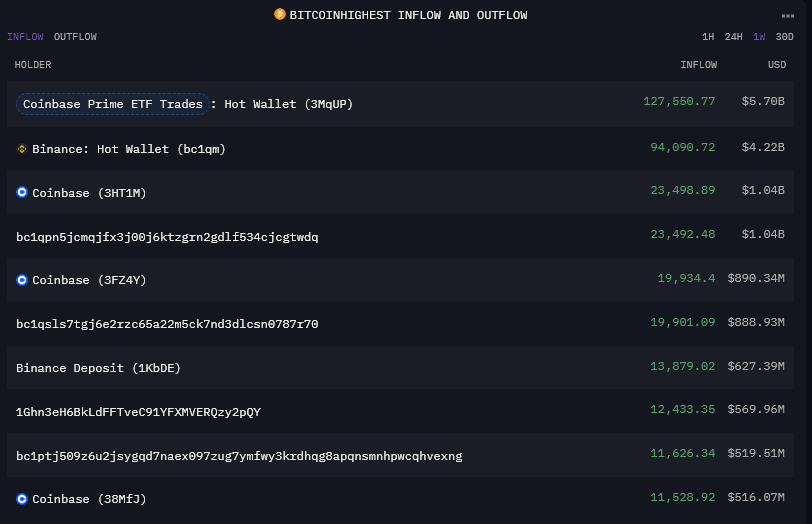History of Crypto: Bitcoin — Satoshi Nakamoto’s response to the global financial crisis
Welcome to the History of Crypto, a Cointelegraph series that brings readers back in time to the most significant events in the crypto space. Powered by Phemex, the timeline allows crypto community members to explore and look back at the important events that shaped the industry into what it is today.
Explore the History of Crypto
This article explores the pivotal years from 2009 to 2012, focusing on the global context and challenges when the enigmatic and pseudonymous Satoshi Nakamoto made their appearance. The journey starts from the creation of the Bitcoin protocol and continues by outlining other significant milestones in the early days of the digital currency space and the emergence of alternative coins, commonly known as altcoins.
This period sets the foundational stage for the innovation and diversification that will characterize the future of the cryptocurrency ecosystem.
Satoshi Nakamoto and the global financial crisis
Cryptocurrency as it is known today first surfaced on Oct. 31, 2008, when the pseudonymous creator of Bitcoin (BTC), Satoshi Nakamoto, sent an email with a white paper titled “Bitcoin: A Peer-to-Peer Electronic Cash System” to a cypherpunk mailing list where members discussed cryptography and privacy-enhancing technologies as a tool for social and political change.

At the time, the world was in the thick of the 2007–2008 global financial crisis, one of the most severe worldwide economic crises in recent decades. The event has been attributed to the excessive risk-taking of international financial institutions, a build-up of toxic assets within banks, and the bursting of the United States housing bubble.
The crisis came to a head on Sept. 15, 2008, when the Wall Street firm Lehman Brothers filed for bankruptcy. This eventually led to crises in national economies worldwide during what became known as the “Great Recession.”
The advent of Bitcoin
On Oct. 31, 2008, Nakamoto emailed the cypherpunk mailing list and wrote about an electronic cash system that would be “fully peer-to-peer, with no trusted third-party,” and shared the Bitcoin white paper.
The paper merged existing cryptographic concepts with distributed ledger technology and introduced a decentralized system independent of central authorities. At the time, the recipients could have had no idea that this project would pave the way for an entire cryptocurrency industry worth $3 trillion at its peak in 2021.

On Jan. 3, 2009, the Bitcoin blockchain went live when Nakamoto mined the genesis block and embedded a message that read: “The Times 03/Jan/2009 Chancellor on brink of second bailout for banks.” The message referenced a similar headline published by The Times newspaper in the United Kingdom on the same date. Many interpreted the message as a comment on the instability brought about by traditional finance.
Days later, Nakamoto sent an email announcing the first version of Bitcoin. On Jan. 9, 2009, the pseudonymous Bitcoin creator explained the basics of Bitcoin, including how to mine and send coins. Nakamoto also explained the total supply of Bitcoin and touched upon what became known as the Bitcoin halving.
On Jan. 12, 2009, the world’s first Bitcoin transaction took place when Nakamoto sent 10 BTC to the American programmer Hal Finney. Finney was a regular poster on the cypherpunk mailing list and was one of the earliest adopters of Bitcoin.
Bitcoin hits $1 on Mt. Gox
Fast forward to 2010, events like the iconic Bitcoin Pizza Day and the establishment of the now-defunct Mt. Gox exchange happened. On May 22, 2010, programmer Laszlo Hanyecz offered 10,000 Bitcoin for two large pizzas at the BitcoinTalk online forum. Jeremy Sturdivant took up Hanyecz’s offer and delivered the meal in exchange for the Bitcoin. This marked the first real-world transaction for the currency.
On July 17, 2010, the Mt. Gox exchange was launched. Programmer Jed McCaleb announced the creation of the exchange on the BitcoinTalk forum. The exchange provided a platform for users to trade their BTC and paved the way for future exchanges.
In 2011, Bitcoin had a massive win and a loss at the same time. On Feb. 9, 2011, Bitcoin’s price hit $1 for the first time at Mt. Gox, validating the currency value as a new financial asset. However, several months later, Nakamoto sent out his last verified communication.
Nakamoto steps away, altcoins emerge
On April 26, 2011, Nakamoto had an email exchange with Gavin Andresen, a key figure in the early BTC community who took over Bitcoin development in December 2010. Within the email, Nakamoto expressed the desire to move on to other projects, stepping away from direct involvement with the development of Bitcoin. This marked the end of Nakamoto’s known interactions with the Bitcoin community.
After Nakamoto’s departure, one of the most significant developments was the emergence of altcoins. On Oct. 7, 2011, Charlie Lee released Litecoin through an open-source client on the developer platform GitHub. The network itself went live on Oct. 13.

In 2012, two critical moments happened: Crypto exchange Coinbase launched, and the XRP (XRP) cryptocurrency was created. While Bitcoin needs a mining process to create new coins, all XRP tokens have existed since its launch, and no new tokens have been minted since.
Follow the History of Crypto!
While it might not have been obvious to community members at the time, the events of the early years impacted the broader adoption of the technology. From the creation of Bitcoin to Nakamoto’s departure, these events will be remembered in history as cornerstones paving the way for a new asset class.
Stay tuned for the next article in the History of Crypto series, where Bitcoin’s expansion and Ethereum's early development are explored. Follow Cointelegraph to learn more about crypto history!



